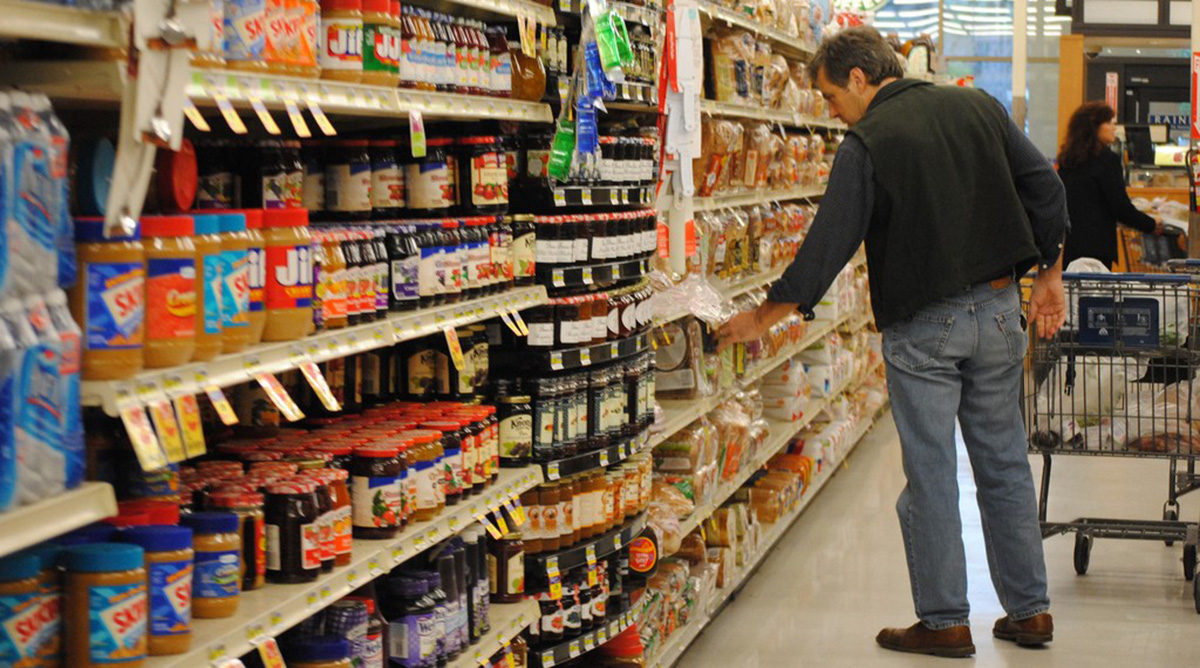Table of Contents
First of all, experts openly admit that these labels are estimates at best. They represent an average across the board of what similar products will contain. So that 100g steak may not have 23g of protein – it may have 20, or 26. It may have more or less calories in than the pack states, more or less vitamins, more or less fat.

And here we’re about to meet a solution you can use to stop food labels tricking you into making poor nutrition choices.
That’s partly because the people who compiled the label know exactly what went into it. But it’s also because natural, unprocessed foods can have varying quantities of all nutrients, and because they can behave in unpredictable ways in the body.
Take nuts. Seriously, they’re really good for you and they help you live longer, and they’re a good source of healthy fats. But not as good as the package says.
In fact, according to David Baer from the USDA, they could be out by 5% in the case of pistachios. And as for almonds, they provide 20% fewer calories than the label indicates. Add to that the fact that much of the fat in nuts is trapped inside strong cell walls that the human body can’t break down, and the nutrition label becomes a very poor guide to what you’re eating.
They're good enough, says Marion Nestle, professor of nutrition and food studies at New York University, that ‘one bite more or less will have a bigger effect… than mistakes in measurement.’
Off by a fifth, in the case of almonds, as we’ve seen. And natural foods tend to be higher in protein or fiber than ready meals, if they’re of animal or vegetable origin respectively, and those nutrients have their own weird behaviour in the body. Protein triggers satiety signals, so you feel full longer, and it improves mood too – so if you comfort eat, try comfort-eating steak. The effects of fiber on how carbohydrates from plant foods are digested isn’t well understood, but a high fiber diet is associated with better health outcomes across the board – including lower obesity.
So how are nutrition labels tricking you?
They’re making it look like there’s an equivalence between unprocessed natural foods and highly-processed foods that are pretty much always more calorically dense. You read the label, and it looks like there’s nothing much to choose between a meal in a tinfoil tray and steak and potatoes, or salmon and vegetables.
See Also: What Nutrition Labels Don't Tell You
The numbers all read the same – but the results don’t
The numbers aren’t necessarily intended to deceive – but they are deceptive.
That means you can do something about it – you can make the choice to gradually switch over to a less processed diet. Experts all agree it’s better for overall health. And it’s likely to help you lose weight without even trying. If you’re going to do a single thing for your health this year, then starting to take food nutrition labels with a pinch of salt should be it.
- Photo courtesy of U.S. Department of Agriculture by Flickr : www.flickr.com/photos/usdagov/8424959452
- Photo courtesy of Anthony Albright by Flickr : www.flickr.com/photos/anthonyalbright/4713745704


Your thoughts on this